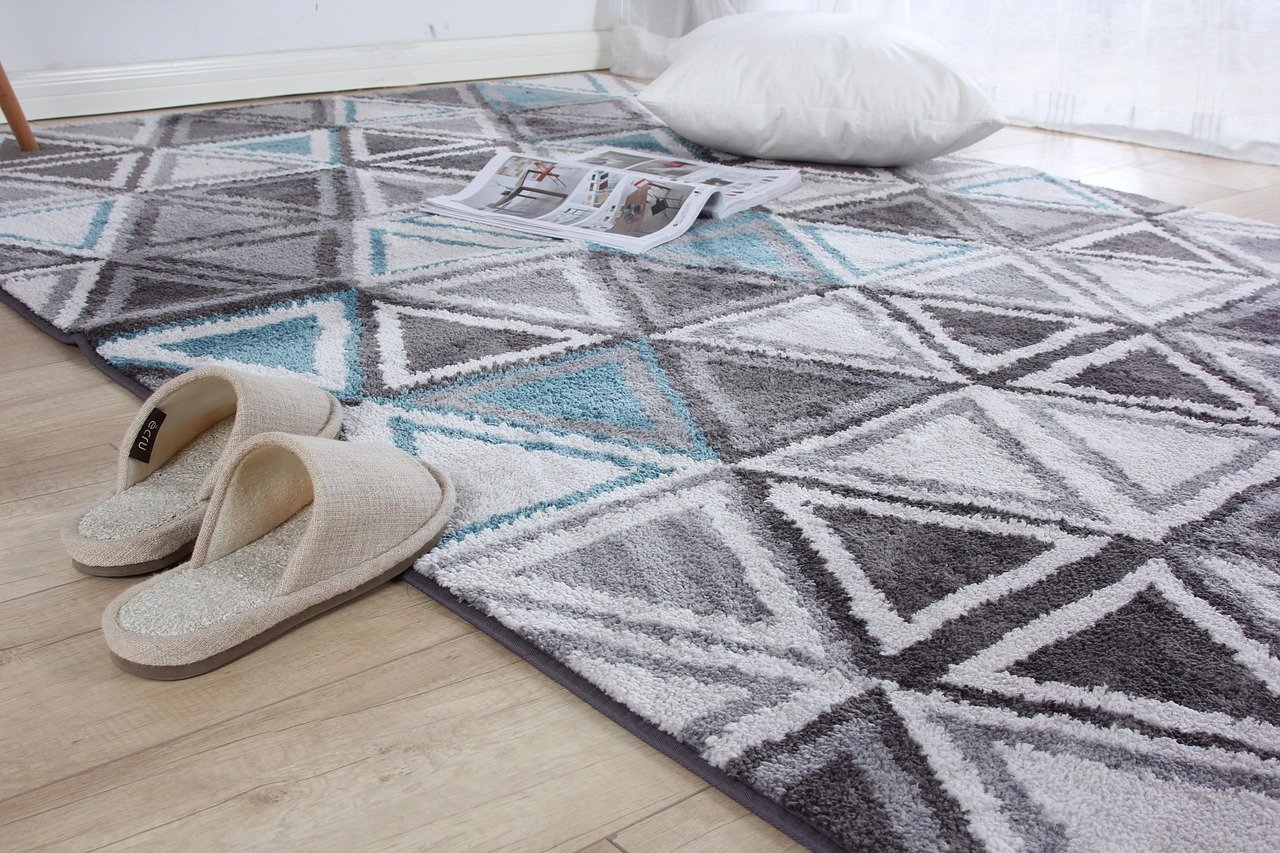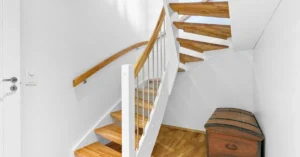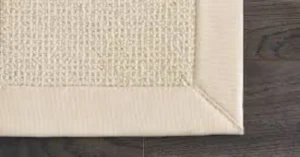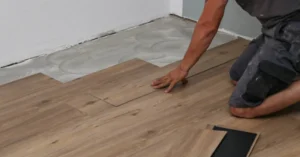Carpets are a beloved fixture in many homes, providing comfort, warmth, and style. However, over time, carpets can suffer from wear and tear, stains, burns, or even damage from pets and furniture. While replacing a carpet can be costly, many issues can be repaired effectively, extending the life of your carpet and saving money.
In this blog, we’ll dive into the essentials of carpet repair—common types of damage, DIY repair tips, and when it’s best to call in the professionals.
Common Types of Carpet Damage
Before diving into repair, it’s helpful to understand the types of damage your carpet may face:
- Burns and Scorch Marks: Often caused by cigarettes, hot irons, or spilled hot liquids.
- Tears and Rips: Usually from pets, furniture movement, or heavy foot traffic.
- Stains: Resulting from food, drinks, dirt, or pet accidents.
- Matting and Crushing: Caused by heavy furniture or high-traffic areas.
- Seam Separation: Occurs when the adhesive or stitching that holds carpet sections together loosens.
- Fraying or Loose Threads: Wear around the edges or high-use areas.
- Pet Damage: Scratches, stains, or odors from pets.
DIY Carpet Repair Tips
Many minor carpet issues can be fixed at home with the right tools and techniques:
1. Fixing Small Burns or Scorch Marks
- Trim the burnt fibers carefully with scissors.
- Use a carpet dye or marker to blend any discoloration.
- For larger burns, a patch repair (replacing a damaged section with a cut-out from a hidden area) may be necessary.
2. Repairing Tears and Rips
- Align the torn edges as closely as possible.
- Use carpet adhesive or double-sided carpet tape to secure the edges.
- For bigger tears, a patch may be cut and glued in place from an inconspicuous spot (like inside a closet).
3. Handling Stains
- Blot stains immediately with a clean cloth.
- Use carpet-safe stain removers—avoid harsh chemicals that can damage fibers.
- For tough stains, consider renting a carpet cleaner or hiring a professional.
4. Dealing with Seam Separation
- Apply carpet seam adhesive along the edges.
- Press edges together firmly.
- Use a heavy object or weights to hold the seam in place until dry.
5. Reducing Matting
- Vacuum regularly to lift crushed fibers.
- Use a carpet rake or brush to fluff the fibers.
- For heavy crushing, professional steam cleaning may help restore the pile.
When to Call a Professional Carpet Repair Service
Some carpet issues require expert knowledge, specialized tools, or are better handled by professionals:
- Large tears or burns that need patch replacement.
- Extensive pet damage including odor removal.
- Deep stains or mildew.
- Complex seam repairs or re-stretching carpets.
- Repairs involving carpet padding or subfloor issues.
Professional carpet technicians can perform:
- Carpet stretching to remove wrinkles or ripples.
- Re-stitching or seam repairs for structural integrity.
- Patch replacement using matching materials.
- Deep cleaning and stain removal with commercial-grade equipment.
Preventive Tips to Minimize Carpet Damage
- Use rugs or mats in high-traffic areas.
- Move furniture regularly to prevent matting.
- Trim pet nails and train pets to reduce damage.
- Avoid walking on carpets with dirty shoes.
- Clean spills immediately to prevent stains.
- Schedule regular professional carpet cleaning.
Conclusion
Carpet repair can be simple or complex, depending on the damage. While minor issues can often be addressed with DIY methods, knowing when to bring in a professional ensures your carpet looks great and lasts longer. With proper care and timely repairs, your carpet can remain a cozy and beautiful part of your home for years to come.





